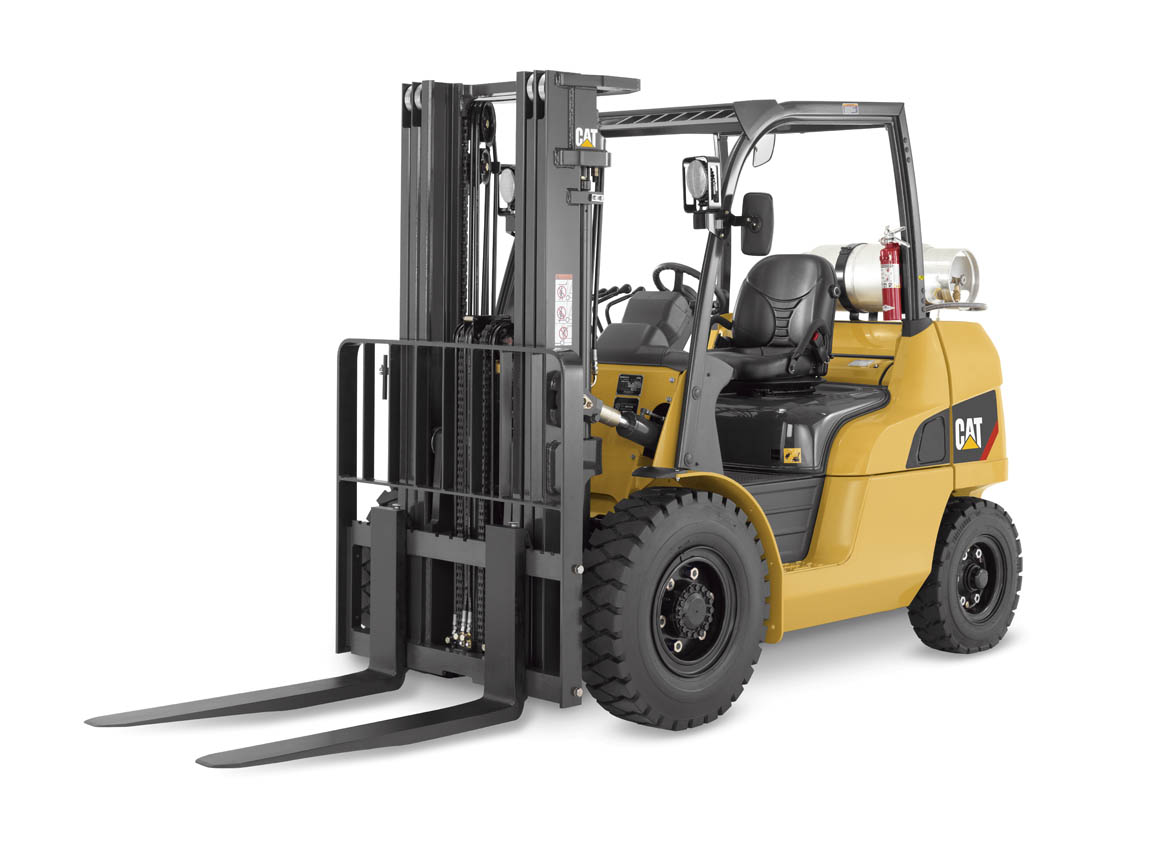What Are Plant Assets? Definition & Examples
When we open up the financial statements and look into the balance sheet of an entity, we will notice that there are usually five major items in it, namely:
- Non-current assets
- Current assets
- Equity
- Non-current liabilities
- Current liabilities
Plant assets are a part of non-current assets and are usually the largest group of assets one can find in the financial statements. They normally show up as the first line item under non-current assets.
What Are Plant Assets?
Its accounting definition could be identified in IAS 16 Property, Plant and Equipment. IAS 16 defines them as physical assets that are used to produce revenue or for administrative purposes and are expected to be in use for more than one accounting period.
Plant Asset Examples
Here are some common examples of plant assets:
- Land and buildings: Office block/unit, leasehold and freehold land, hostel
- Motor vehicles: Cars, vans, trucks, motorcycles
- Furniture and fixtures: Tables, chairs, shelves, racks, drawers
- Office equipment: Computers, tablets, printers
- Machinery: Steel rolling machines, cement mixers, rock crushers, drills
- Kitchen equipment: Grills, freezers, ovens, deep-fryers
- Renovation: Plaster ceilings, interior designs

Capitalization of Plant Assets
A plant asset should be recognized at its costs when it fully meets the definition above by IAS 16. Some entities may also have internal policies that allow them to directly charge out the capital expenditure of a small value, usually below a certain threshold.
It is interesting to note that IAS 16 has pointed out that a plant asset purchased for safety or environmental reasons could qualify as a plant asset even if it does not contribute to revenue. Such assets must be vital for an entity to reap the economic benefits from its other assets and would not have been otherwise acquired had its other assets not been purchased for use in business in the first place.
Depreciation of Plant Assets
As they will be used for more than one accounting period, they are subject to depreciation. The purpose of depreciation is to “charge out” a portion of the plant assets which have been used during the accounting period to generate business revenue.
In actual practice, it is not only difficult but impractical to identify how much of the plant assets have actually been used to produce business revenue. Hence, we will calculate depreciation proportionately based on the useful lives of the plant assets. Do take note that freehold land should not be depreciated since they have indefinite useful lives.
Based on the purpose of depreciation mentioned above, depreciation should only commence when the asset is ready for use and is at the location that it is intended to be used.
Impairment of Plant Assets
Plant assets must also be reviewed for impairment at regular intervals. We should be wary of any indications of impairment such as a downturn in business which suggests that the plant assets may not be able to generate as much value as they could before.
In this case, impairment will be computed based on the lower of the recoverable amount and the carrying amount of the plant assets.
